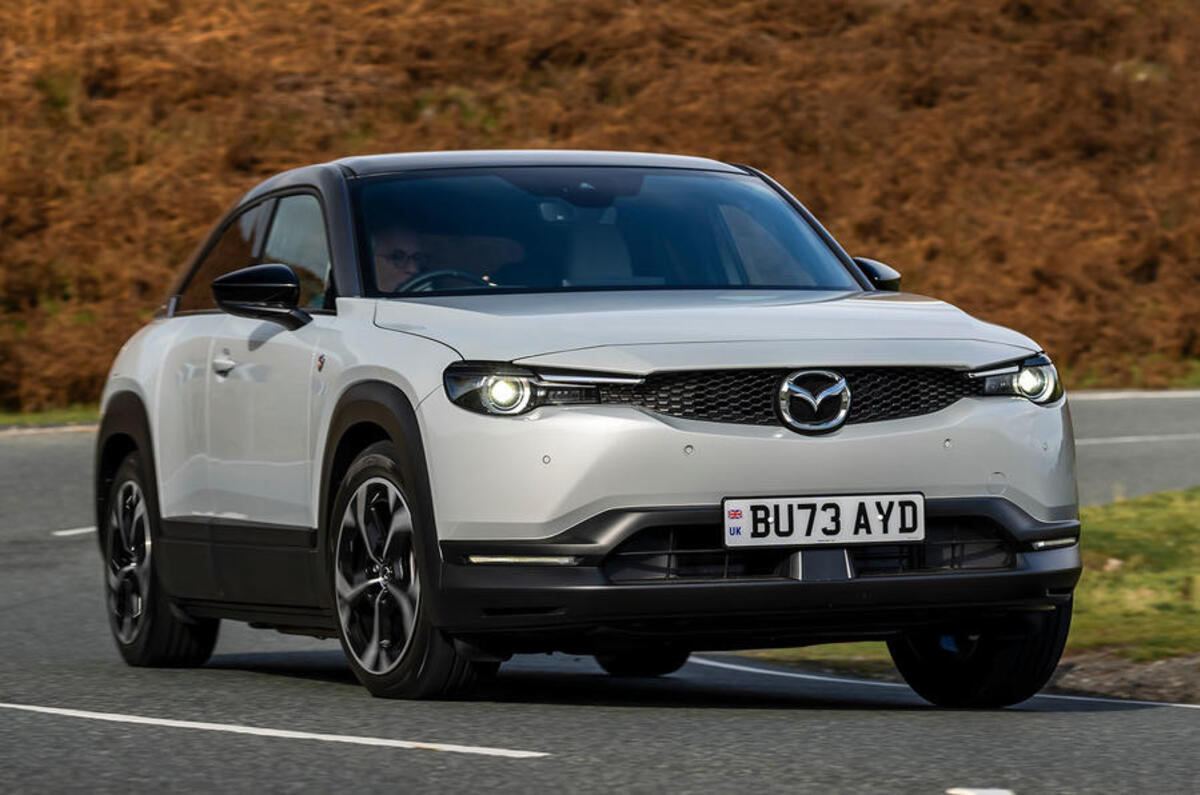As car makers contemplate the widening gap between legislation and demand for electric cars, the spotlight has been thrown on to a petrol-electric technology that promises to bridge that gap with fewer of the downsides of plug-in hybrids.
Range-extender (REx) cars package a large battery and a hefty electric motor alongside a small petrol engine, instead of the other way around with most hybrids, in which a large petrol engine dominates.
Advocates of REx technology say that drivers are better incentivised to actually keep the battery topped up, because the electric motor is prioritised over the petrol engine.
With PHEVs coming under fire for emitting more than three times their claimed CO2 in the EU, partly because drivers have less incentive to plug them in, REx cars could prove a better technology to phase out ICE cars by 2035.
Right now, the choice of REx cars in Europe is extremely limited. With the Vauxhall Ampera E-REV and BMW i3 Range Extender long since discontinued, the only option for British buyers is the eccentric Mazda MX-30 R-EV.
This small crossover packages a 17.8 kWh battery pack with 830cc rotary petrol engine acting as a generator only.
So far, sales have been sluggish: Mazda had registered just 109 by the end of April, despite the current offer of a £6000 discount from the £32,045 starting price.
The only other way to experience a REx is go for a ride in an LEVC TX taxi around London.
The most vocal cheerleader for REx tech in the UK right now is the unlikely figure of chemicals tycoon Sir Jim Ratcliffe, owner of Ineos Automotive.
The maker of retro off-roaders has promised a REx version of its upcoming Fusilier EV, a smaller brother to the Grenadier six-cylinder 4x4.
“Why would you ever buy a fully electric car when you have this option of an electric vehicle with range extender with the complete absence of range anxiety?” Ratcliffe wrote in The Telegraph recently.
“This is not the politician’s utopian world, but it serves the consumer well and maintains a very positive trajectory towards zero emissions."
Standing behind Ratcliffe are the seemingly unstoppable engineers of the Chinese car industry, which is taking to REx tech in a big way.





Add your comment